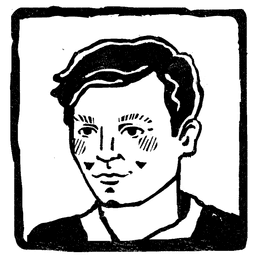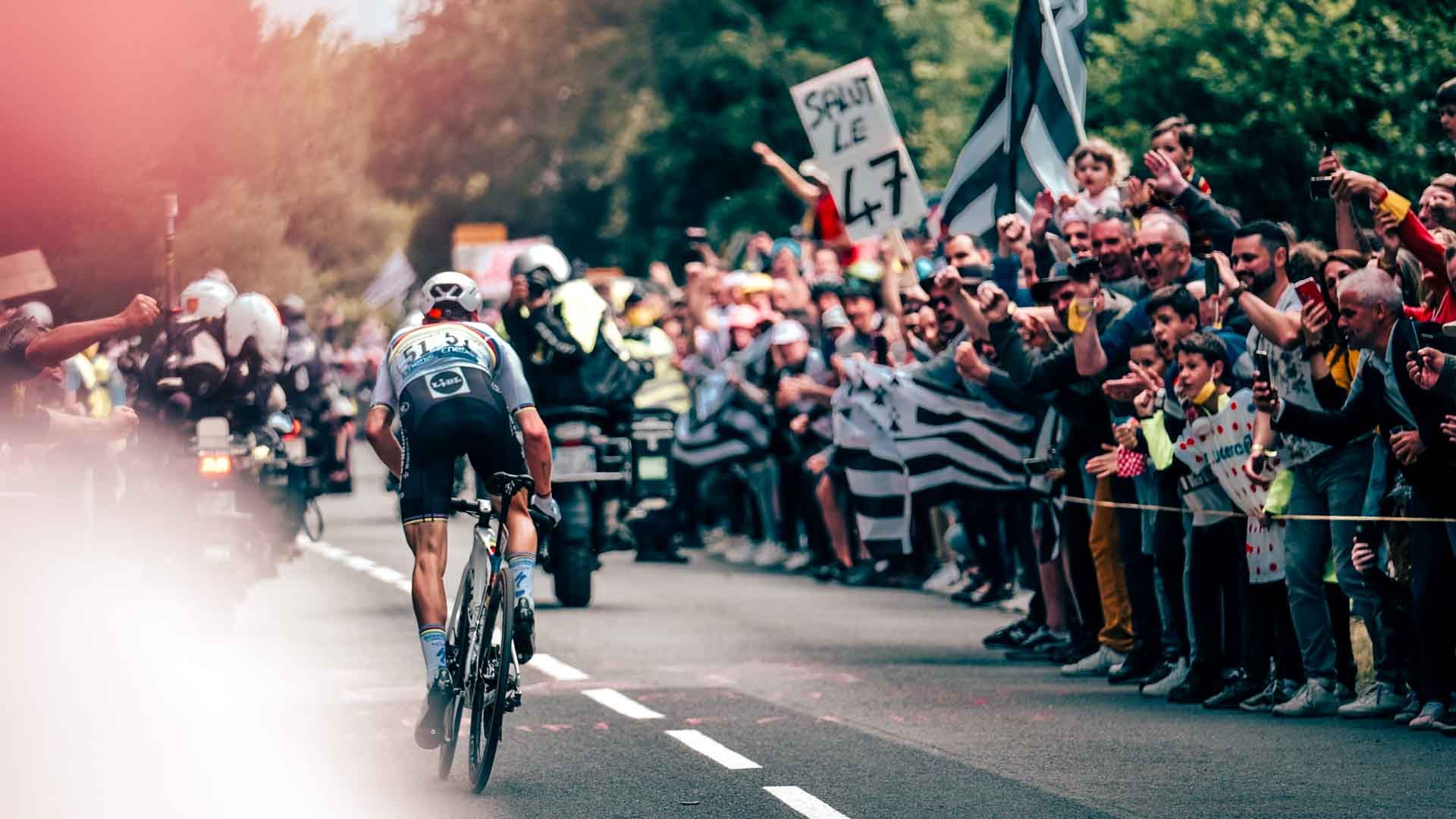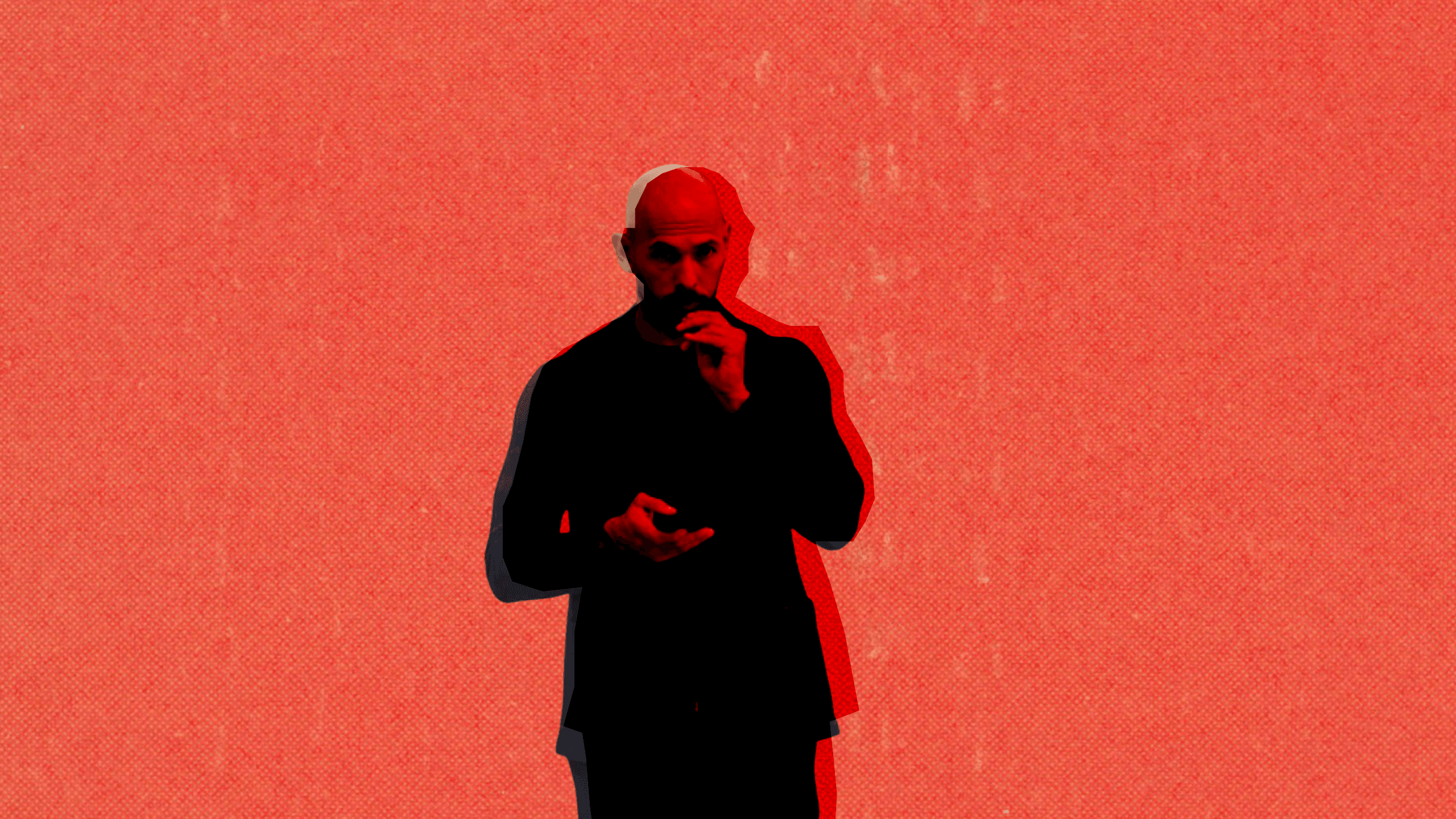The 2024 Tour de France drew an estimated 12 million roadside spectators across three weeks of racing. Not one of them bought a ticket.
Compare this to the 2024 Super Bowl, which generated $600 million in stadium revenue alone from 65,000 ticketed fans. Or Wimbledon, which earns roughly £300 million annually, with ticket sales accounting for nearly a quarter of that total. These events are commercial giants precisely because they can control access and charge for it.
The Tour de France takes the opposite approach. For 21 days every July, the race transforms French roads into a free public spectacle where 184 riders battle across 3,338 kilometres whilst millions watch from the roadside.
Yet Amaury Sport Organisation (ASO), the French company that owns the Tour, generates an estimated $150 million annually from this ticketless event.
How does the most well-attended sporting event on the international calendar turn a roadside spectacle into such a commercial success?
Who controls the money?
ASO isn't just about the Tour. The company orchestrates a €220-275 million sporting empire that includes other cycling races like Paris-Roubaix, Paris-Nice, and the newly launched Tour de France Femmes. It also owns the Dakar Rally and organises major marathons.
But ASO’s history goes much deeper than endurance racing events. The Amaury empire's origins are steeped in the shadows of World War II. During the Nazi occupation, Émilien Amaury, a French publishing magnate, was given contracts to print propaganda for the Pétain regime, which was running Vichy France under German occupation. The counter-narrative, which casts him in a better light, is that he used his firm's privileged access to rationed printing supplies to print resistance materials covertly.
The original L'Auto newspaper, which had created the Tour de France in 1903, was shuttered after the war due to its collaboration with the German occupiers.
Into this vacuum stepped an unlikely alliance: Jacques Goddet. L'Auto's former editor, who had supported the Résistance by allowing covert printing of pamphlets with the newspaper's paper and plant. He was able to launch L'Équipe ("The Team").
A condition was that L'Équipe ditched L'Auto's distinctive yellow paper, so white was used instead. However, the Tour’s famous yellow jersey, or "Maillot Jaune", was chosen in 1919 and remains to this day an artifact of the original yellow paper.
In 1964, Amaury acquired L'Équipe, along with control of the Tour. The family has maintained control through three generations, with the empire now generating annual revenues of approximately €300 million.
Three revenue streams
The race that costs nothing to watch live generates its fortune through a deceptively simple three-pronged revenue model that transforms spectacle into serious money.
Television Rights: 50-55%
Broadcast rights form the golden backbone, delivering over half of ASO's annual Tour revenue, an estimated $80 million. When 190 countries tune in to watch riders suffer up mountain passes, each broadcast deal is millions flowing into ASO's coffers.
France Télévisions pays around €25 million annually for French rights through 2030. The European Broadcasting Union has secured comprehensive rights for both men's and women's Tours through 2030, maintaining free-to-air coverage across Europe whilst Eurosport holds pan-European pay-TV and streaming rights.
The American market represents another significant stream of revenue. NBC Sports' agreement designates Peacock as the exclusive U.S. home through 2029, reflecting ASO's strategic shift toward streaming platforms to capture younger, international audiences.
However, not all markets are moving in the same direction. In Britain, live free-to-air coverage on ITV will end in 2025, with Warner Bros. Discovery holding exclusive rights from 2026 to 2030. British viewers will need to pay for Discovery+ or TNT Sports to watch future races live.
Sponsorship: 40-45%
The Tour's iconic jerseys are walking billboards generating approximately $25-65 million annually. Le Crédit Lyonnais (LCL), a French bank, pays roughly $12 million each year to sponsor the yellow jersey—a partnership that's endured since 1987. Škoda invests around $4 million annually for the green points jersey, whilst É.Leclerc and Krys sponsor the white and polka-dot jerseys, respectively.
But the most unique Tour de France sponsorship opportunity is the caravan.

Spectators and advertising caravan on the Tour de France.
Approximately 33 brands pay between €250,000-€600,000 each to join the colourful 10-kilometre procession that precedes the race, distributing millions of promotional items to roadside spectators, with the hope that their merch will be seen on the broadcast. This generates an estimated €8-15 million annually and creates the festival atmosphere that makes the Tour a party as much as a race.
In total, ASO works with over 40 sponsors across various categories, generating an estimated $80-90 million from these partnerships.
Crucially, sponsors on team jerseys aren't part of this equation. That revenue flows directly to the teams themselves, who compete worldwide.
But like everything else at the tour, they’ll be trying to get on the broadcast. This creates an interesting dynamic where riders with little chance of winning will attack early to form breakaways, knowing the cameras follow ambitious riders and their sponsors' logos.
Host City Fees: 5%
Each stage starts in a town that pays approximately €90,000, whilst finish towns pay around €130,000. These fees, representing just 5% of total revenue, help ASO cover logistics whilst guaranteeing towns appear multiple times on broadcasts, boosting tourism profiles.
Grand Départs command premium prices. These are the starting towns of the first stage. Florence paid €3 million to host the 2024 opening stage, and these fees reflect massive tourism benefits. When Yorkshire, England, hosted the 2014 Grand Départ, the local economy gained an estimated £102 million from tourists' spending. There’s also a certain level of pride attached to being a host town or city.
The Tour de France only happens once a year, and to be the country and city that launches the event is an honour, as viewers from across the globe tune in to see your city, landscape and natural beauty on display and mutter to themselves, “that looks like a nice place to visit”.
Adapting for the digital age
ASO is increasingly focusing on digital innovation to enhance viewing experiences and attract new audiences. In 2024, the Tour recorded over 100 million website visits and roughly 1.6 billion social media impressions, alongside a record 1 billion TV viewing hours.
Partnerships with technology companies, such as Capgemini (through 2029), aim to increase fan engagement through apps and data analytics. ASO has partnered with fitness app Strava to create Tour content hubs, whilst annual video game releases and extensive social media presence build the brand among younger demographics.
Cycling has also copied Formula One’s success with its own Netflix documentary series called Tour de France: Unchained (2022-2024), which showcased personalities like Wout van Aert and Primož Roglič, demonstrating the potential for premium content partnerships beyond traditional broadcasting.
The paradox of the Tour de France
The Tour began in 1903 as a publicity stunt by L'Auto to boost newspaper sales.
Over 120 years later, it's evolved into one of sport's most unique spectacles, generating $150 million annually from an event that costs nothing to attend.
ASO's strategy hinges on a delicate balance: preserve the Tour's accessibility, keeping it free for spectators, both roadside and watching the TV, whilst maximising commercial opportunities through premium partnerships and broadcast rights. Long-term contracts with broadcasters and sponsors provide stability that ticket sales, vulnerable to weather, economic conditions, and capacity constraints, never could.
As viewing habits shift towards streaming platforms, ASO's challenge will be maintaining this revenue growth through digital innovation whilst preserving what makes the Tour special: the romance of watching the world's greatest cyclists thunder through your village, no ticket required.









